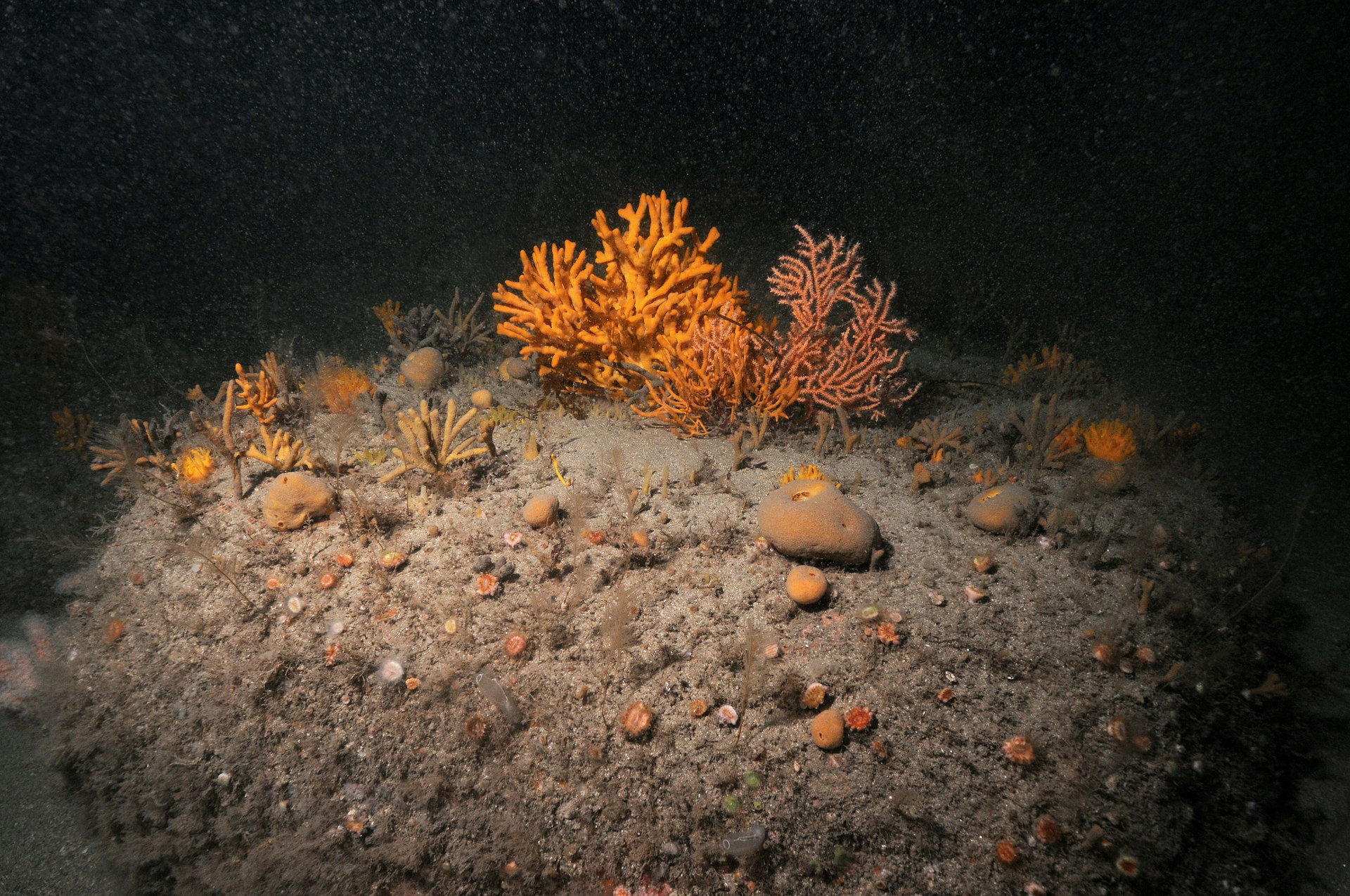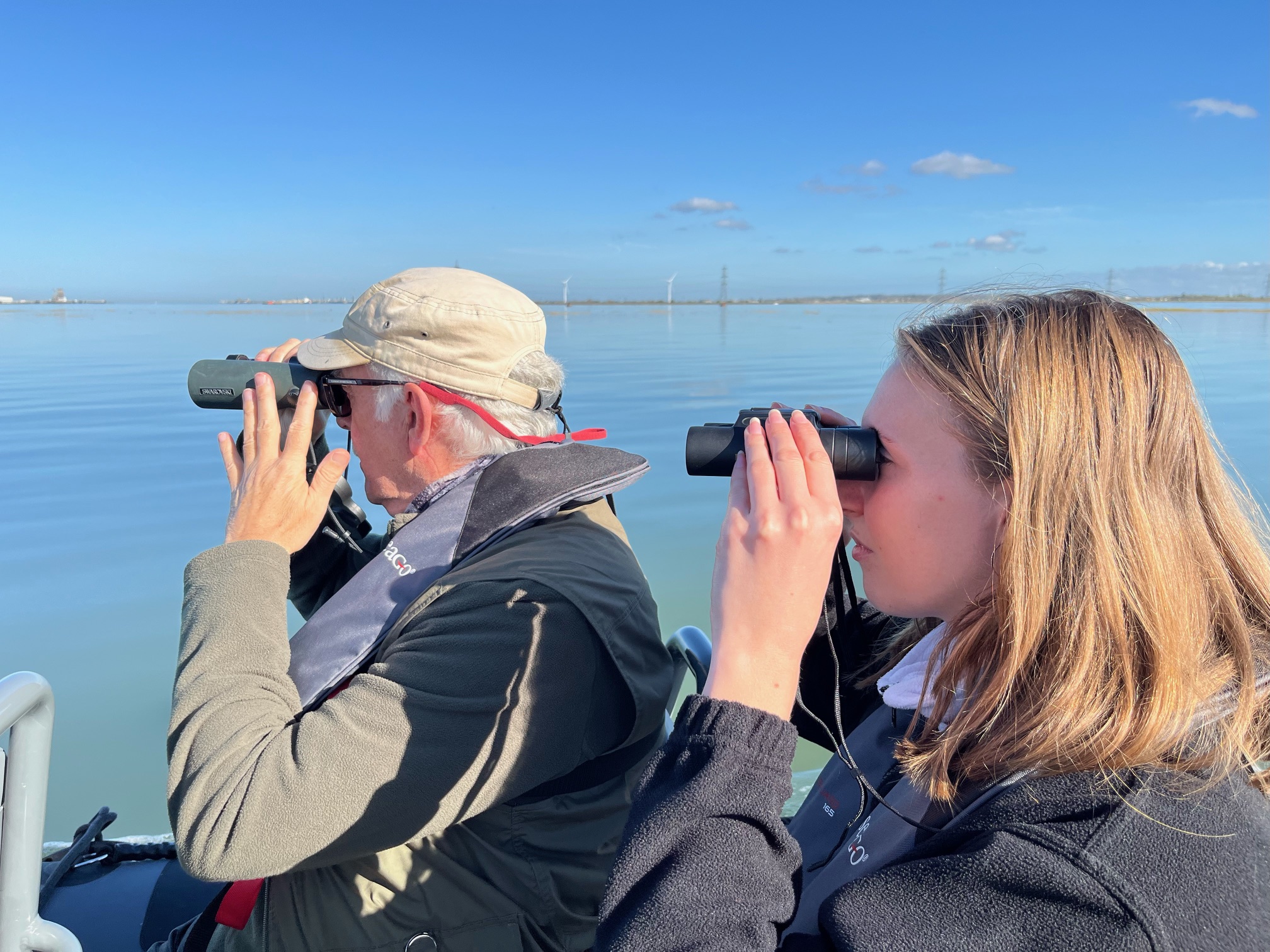
Evaluation of Dark-Bellied Brent Geese (Branta bernicla bernicla) population trends along the north Kent and Essex Coastlines, and their potential application as environmental indicators
Project Focus

UK coastal wetlands provide a plethora of ecosystem services, however their ability to support biodiverse ecosystems is undermined by anthropogenic pressures. By analysing the population trends of Dark-Bellied Brent Geese (DBBG), who heavily rely on these coastal wetland habitats, it provides an opportunity to explore their use as indicators for environmental quality.
This project used data from the Wetland Bird Survey (WeBS) to evaluate the population trends of DBBG across different temporal and spatial scales. General Additive Models were used to create population indices, from which trends in percentage change of relative population size were calculated. These results aim to identify patterns in habitat use across the study areas over different time periods, helping identify areas of habitat connectivity, or potential priority sites for habitat restoration. As such, these results will highlight the potential for DBBG to be used as indicators of environmental quality.
Location:
North Kent and Essex coastline (Hamford Water down to Pegwell Bay)
Timeline:
June - December 2024

Deliverables

Intended Impacts
Partner Organisations:
- The Crown Estate
- Adonis Blue Environmental Consultancy
Funding Organisations:
- The Crown Estate
Associated Organisations:
- British Trust for Ornithology (BTO)
- Wetland Bird Survey (WeBS)

